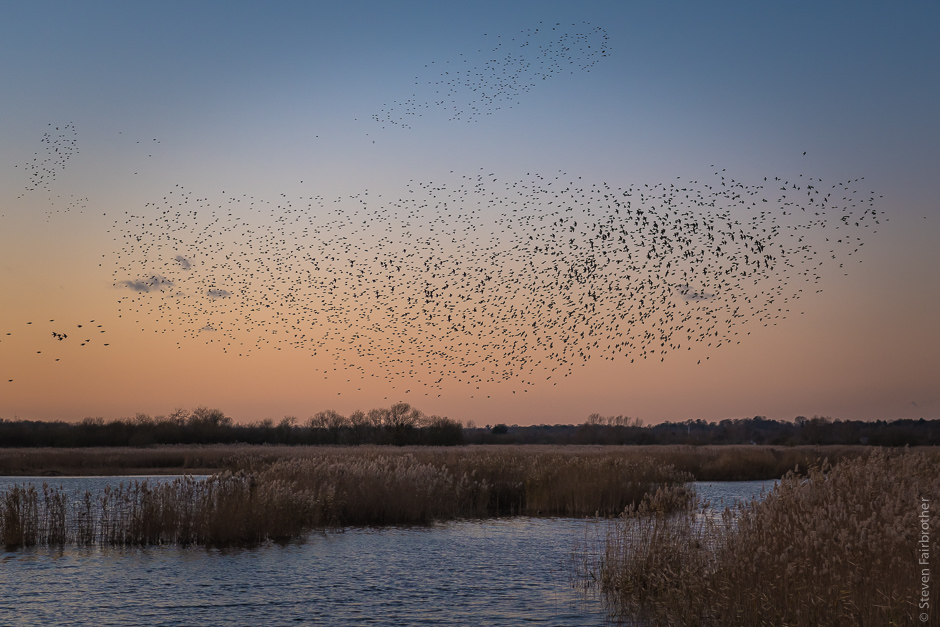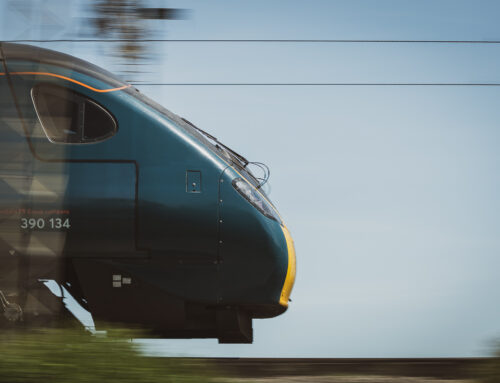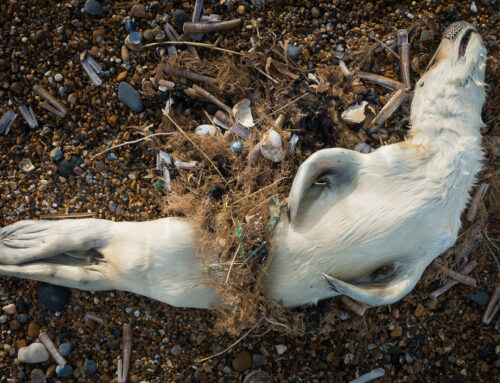The highlight of my annual trip to Norfolk this year was the starling murmuration at RSPB Strumpshaw Fen. I believe it’s the first time it’s happened there for 4 years.
The numbers were estimated to be between 30,000 and 40,000 and they obligingly roosted right in front of the reception hide, providing excellent views. Although this only seemed to be a pre-roost sight, as after they had just about settled, they then started to move across the reedbeds in low level waves until they found their final spot for the night.

Conditions
I visited Strumpshaw for five consecutive nights. The weather went from cold to flippin’ cold. Good job there was plenty of hot tea available in the RSPB’s cafe! Strong winds on the first visit meant no reflections in the water, ice on the last visit meant the same thing. Starlings don’t gather until after sundown, so the light was never very good. Some of these shots were taken at f2.8 and ISO 10,000.


The main event
Starlings would start to trickle in about 15 minutes after sunset. A sparrowhawk would normally already be waiting in the ‘wings’ (pun intended) whilst up to four marsh harriers effortlessly glided over the reed bed waiting for dinner to arrive.
Some starlings darted in low over the reedbeds in small numbers whilst others arrived in larger flocks. The large flocks would split and join in short murmurations. Their descent into the redbeeds was spectacular. With the air thick above us, the decision would be made it was time to roost and they’d start to cascade like a huge living waterfall.
Talking with other people, there seemed a mix of views on how long or good the murmuration had been and whether the cold, wind or number of predators had had much of an affect.



Marsh harriers
The marsh harriers definitely made a difference to the starlings movements. Just as you thought it was all over a low flying marsh harrier would scare a small flock back into the air. Good for a picture, an annoyance for the starlings I’m sure.



Why do starlings gather in such numbers?
It’s thought they gather in winter for a number of reasons: safety in numbers from predators, warmth and to exchange information about possible feeding sites. Although some UK flocks can reach over a million birds, it’s worth remembering that starling numbers have fallen by 80% in recent years.
4K video
Camera gear
Nikon D850
Lenses: Nikon 24-70 f2.8 and 70-200 f2.8
Useful Links
www.starlingsintheuk.co.uk – a great website with up-to-date info on UK starling roosts







love the shot of the starlings and the harrier on the right !
Thanks Rachael, I liked the harriers, far slower and easier to capture than the sparrowhawk!